Invasive species pose one of the greatest threats to global biodiversity, ecosystems, and economies. These non-native organisms can alter habitats, disrupt food chains, and outcompete native species for resources. Understanding the impact of invasive species is crucial for developing strategies to protect our environment. This article delves into the world of invasive species, highlighting the most significant threats and the measures being taken to combat them.
Understanding Invasive Species
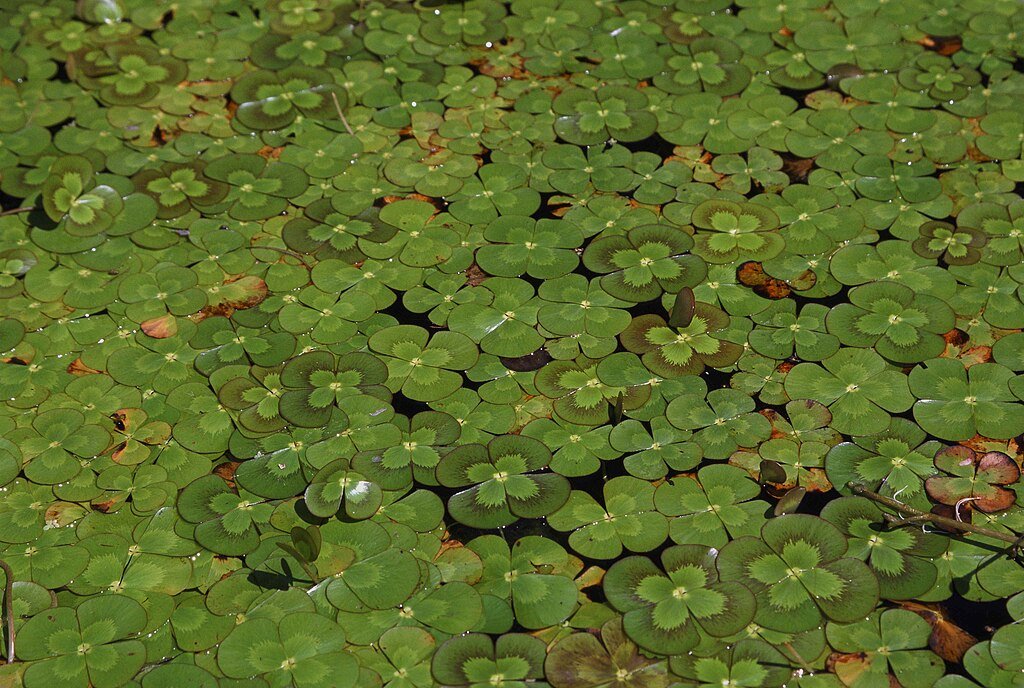
Invasive species are plants, animals, or pathogens that are not native to a particular ecosystem and cause harm to the environment, economy, or human health. They are often introduced by human activities, intentionally or accidentally, such as through global trade, transportation, or as ornamental plants and pets.
The Impact on Biodiversity

One of the primary concerns with invasive species is their impact on biodiversity. They often outcompete native species for resources, leading to declines or extinctions. This loss of biodiversity can weaken ecosystems, making them less resilient to environmental changes and other threats.
Effect on Ecosystems
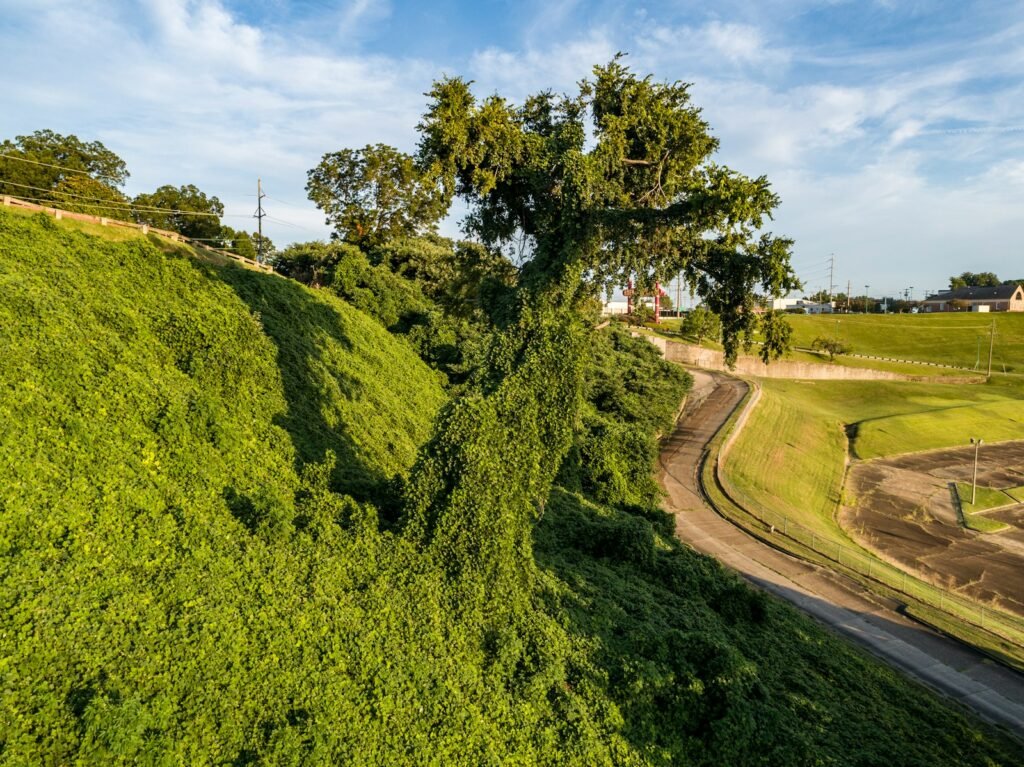
Invasive species can change the structure and function of ecosystems. For example, invasive plants like kudzu in the southeastern United States can rapidly overgrow and dominate landscapes, choking out native vegetation and altering nutrient cycles and soil composition.
Economic Consequences

The economic impact of invasive species is significant, with billions of dollars spent annually on management and control efforts. They can affect agriculture, forestry, fisheries, and even infrastructure. For example, the invasive brown tree snake in Guam has caused extensive damage to power lines and biodiversity, costing millions in management.
Global Hotspots for Invasive Species

Certain regions are especially vulnerable to invasive species due to factors like climate, trade routes, and ecological sensitivity. Islands, in particular, have high rates of invasions because of their isolated ecosystems. The Galápagos Islands, Hawaii, and New Zealand are notable hotspots where invasive species have caused substantial ecological harm.
Famous Invasive Species

Some invasive species have become infamous for their environmental destruction. The zebra mussel, native to Eastern Europe, has spread throughout North American waterways, clogging pipes and outcompeting native mollusks. Similarly, the cane toad was introduced to Australia to control pests but became a pest itself, preying on native wildlife.
The Role of Climate Change
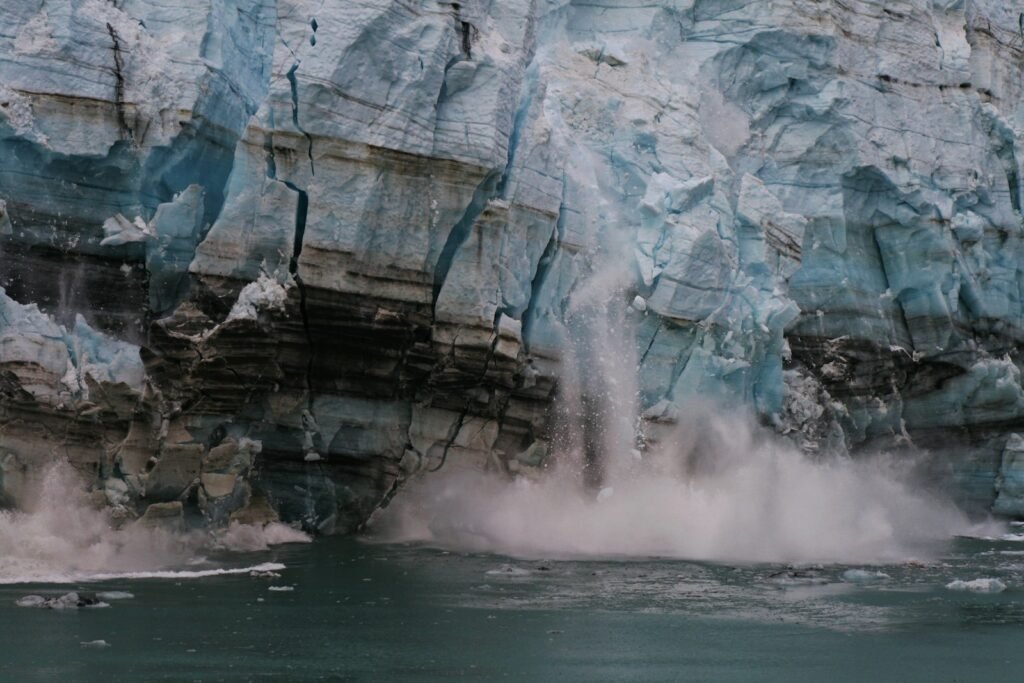
Climate change exacerbates the invasive species problem by altering habitats and making environments more suitable for non-native species. Warmer temperatures, changing precipitation patterns, and increased carbon dioxide levels can help invasive species establish and spread more easily.
Prevention and Early Detection
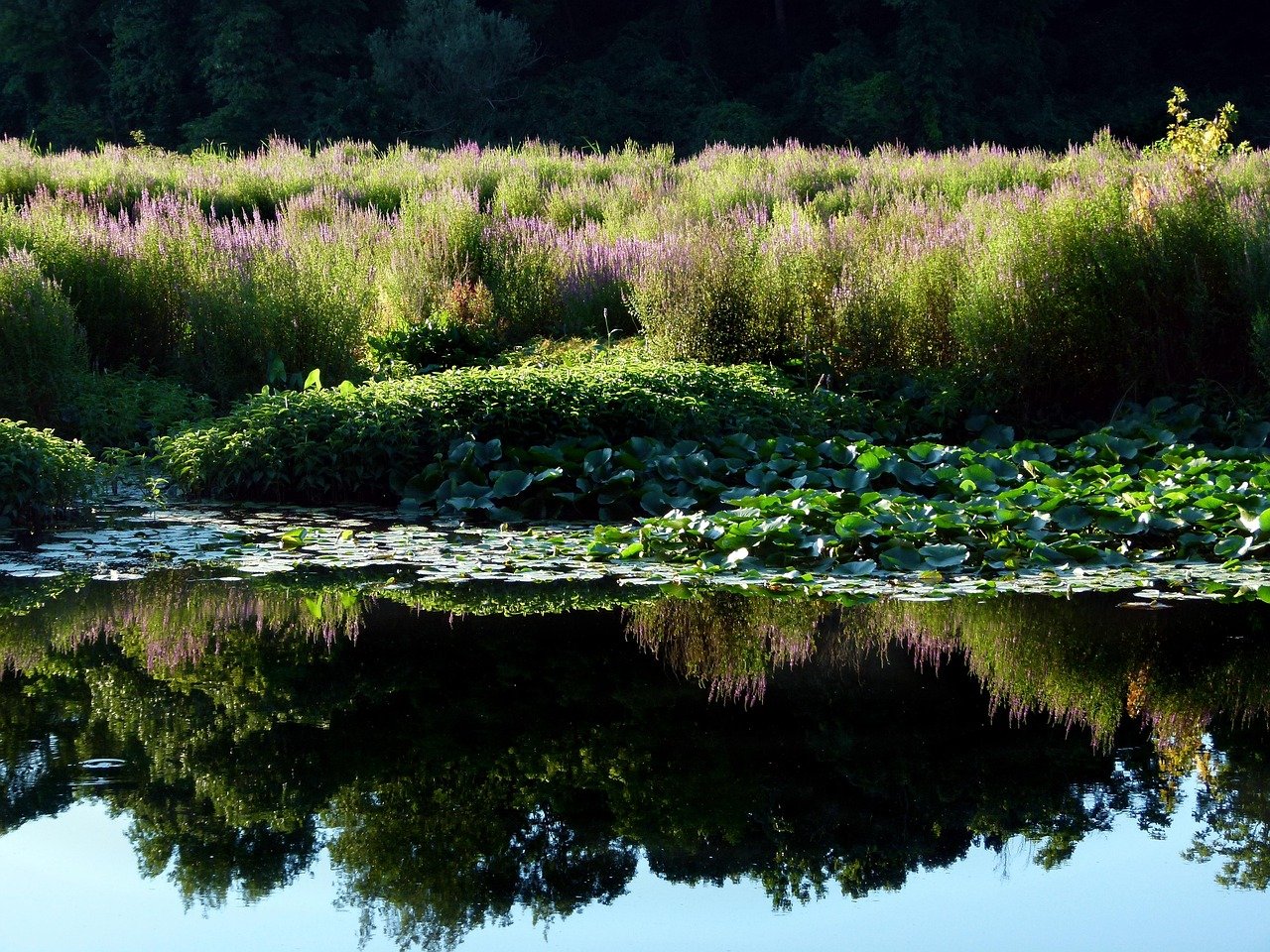
Preventing the introduction of invasive species is the most effective way to combat them. This includes measures like stricter border controls, quarantines, and public awareness campaigns to prevent the release of non-native pets and plants into the wild. Early detection and rapid response can also help manage new invasions before they become unmanageable.
Management and Control

Once invasive species are established, management and control become essential. This can involve mechanical removal, chemical treatments, or biological control methods. For example, the release of specific natural predators can help reduce invasive populations without harming native species. However, these efforts can be expensive and require ongoing monitoring.
International Cooperation

Invasive species are a global issue that requires international cooperation and sharing of information and resources. Organizations like the International Union for Conservation of Nature (IUCN) and various national governments work together to develop strategies and policies for managing invasive species.
The Importance of Public Awareness
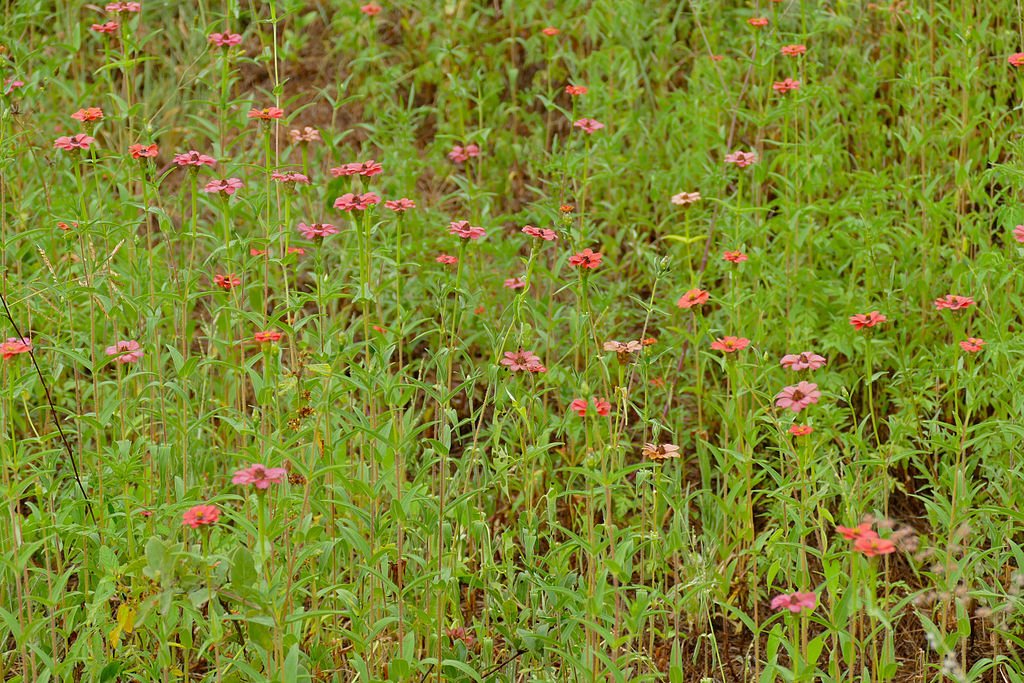
Public awareness is crucial for preventing the spread of invasive species. Education campaigns can inform communities about the dangers of releasing non-native species into the wild, the importance of responsible pet ownership, and the need to take precautions when traveling or shipping goods across borders.
The Role of Technology in Combatting Invasives

Advancements in technology are increasingly being utilized to tackle invasive species. Remote sensing, GPS, and drones are used for monitoring and mapping infestations, while genetic engineering and biocontrols offer new solutions for managing populations.
Success Stories in Invasive Species Management

Despite the challenges, there have been notable success stories in managing invasive species. For instance, dedicated efforts have successfully eradicated rats and other invasive predators from several island ecosystems, allowing native species to recover and thrive.
Community Involvement

Engaging local communities in the management of invasive species is critical. Community-led initiatives, such as local clean-up and monitoring programs, empower individuals to take action and protect their local environments. Volunteer programs can provide valuable support to professional management efforts.
The Future of Invasive Species Management

The fight against invasive species is ongoing and evolving. Future management will likely depend on a combination of traditional methods and innovative technologies, with an increased focus on prevention, rapid response, and restoration of affected ecosystems.
Conclusion
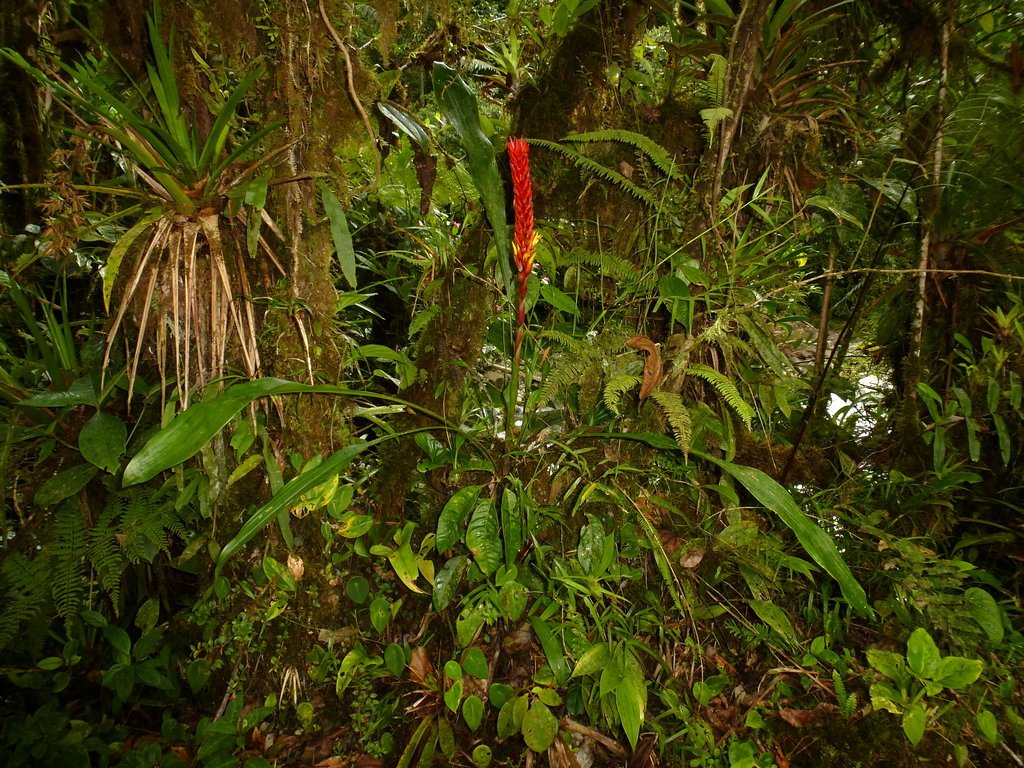
Invasive species represent a severe threat to the planet’s biodiversity and the health of its ecosystems. Addressing this challenge requires coordinated global efforts, public education, and innovative management strategies. By understanding the dangers posed by these species and actively working to mitigate their impacts, we can help preserve the natural world for future generations.




